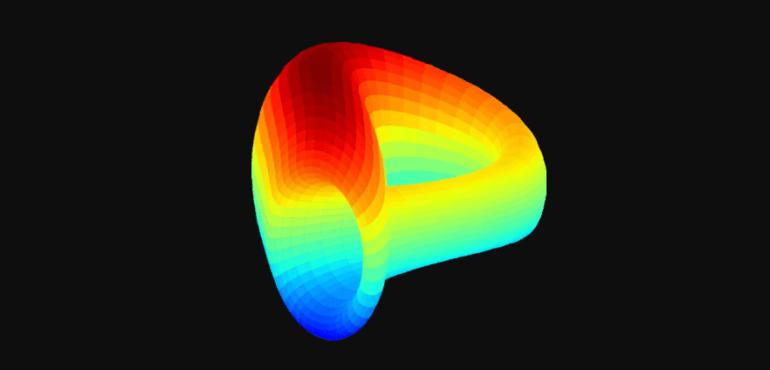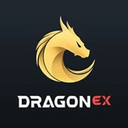
Review on Curve Finance by Toprak Dere

About Curve Finance
Since its launch in January 2020, Curve has quickly become a leading player in Ethereum's decentralized finance (DeFi) ecosystem. Curve is among the fastest growing protocols in the DeFi space, providing users with an environment to acquire in cryptocurrency and buy and sell certain altcoins in a decentralized manner.
In terms of definition, Curve is a liquidity collector. But to put it more simply, it is a decentralized exchange that supports the creation of liquidity, which is an important part of any financial market by offering incentives.
Curve is a protocol that focuses on providing a platform for users to easily trade certain Ethereum-based assets. What's interesting about Curve and other Ethereum-based DeFi protocols in its class is that anyone can provide liquidity to the market. Traditional market makers often use stock-provided assets or their own assets to provide liquidity to a market. Curve; It offers assets backed by its markets to all users to provide liquidity.
Liquidity provision is encouraged by potential profits that can be made. These decentralized liquidity pools charge fees, which are then transferred to liquidity providers.
The profits that can be made by depositing cryptocurrencies in a pool can vary greatly as it depends largely on the volume and deposits a pool sees on a daily basis.

Pros
- fast swap transactions
- Curve attracted great attention, especially after it served as an AMM for stablecoin transactions. The launch of the DAO and CRV token brought more profitability when considering the use of CRV for governance, as it is given to users according to their commitment to liquidity and duration of ownership.
Cons
- does not have a completely decentralized structure
- Since the Curve only supports fixed currencies, the risk of the markets moving too fast is reduced, but users can still lose money when markets are rebalanced to reflect cross-market prices.










